





![]() n 1946, two scientists in the United States, independently of each other, described a physico-chemical phenomenon which was based upon the magnetic properties of certain nuclei in the periodic system. This was Nuclear Magnetic Resonance, for short NMR.
n 1946, two scientists in the United States, independently of each other, described a physico-chemical phenomenon which was based upon the magnetic properties of certain nuclei in the periodic system. This was Nuclear Magnetic Resonance, for short NMR.
The two scientists, Edward M. Purcell and Felix Bloch, were awarded the Nobel Prize in Physics in 1952 [⇒ Bloch, Hanson, Packard 1946, ⇒ Purcell, Torrey, Pound 1946].
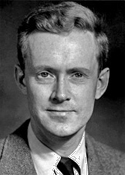 Figure 20-05: Edward M. Purcell (1912-1997).
Figure 20-05: Edward M. Purcell (1912-1997).
Purcell (Figure 20-05) was born in Illinois in the United States of America and studied at Purdue University in Indiana. After a research year at the Karlsruhe Technical University in Germany, he worked at the Massachusetts Institute of Technology.
The discovery of nuclear magnetic resonance absorption was made just after the end of the World War II when he became Professor of Physics at Harvard. His paper on the subject was published in Physical Review in early 1946, as Bloch's paper was too (Figure 20-06).
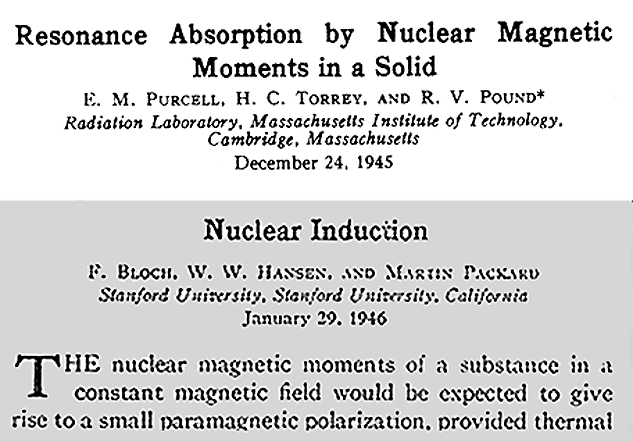
Figure 20-06:
The headlines of Purcell’s and Bloch’s papers: Purcell's paper reached the Physical Review at Christmas Eve 1945, Bloch's short communication arrived four weeks later, in January 1946.
Bloch (Figure 20-07) was born in Zurich and taught at the University of Leipzig until 1933; he then emigrated to the United States and was naturalized in 1939. He joined the faculty of Stanford University at Palo Alto in 1934 and became the first director of CERN in Geneva in 1962. In 1983 he died in Zurich.
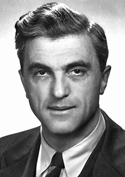 Figure 20-07: Felix Bloch (1905-1983).
Figure 20-07: Felix Bloch (1905-1983).
 Both Purcell and Bloch were protagonists for the interaction between Europe and the United States.
Both Purcell and Bloch were protagonists for the interaction between Europe and the United States.
Bloch and Purcell were not the only scientists working in the field. The 1920s had been roaring and inflationary, but also extremely fruitful in science.
In 1924, Wolfgang Pauli (1900-1958) suggested the possibility of an intrinsic nuclear spin. The year after, George Eugene Uhlenbeck (1900-1988) and Samuel A. Goudsmit (1902-1978) introduced the concept of the spinning electron. Two years later Pauli and Charles Galton Darwin (1887-1962) developed a theoretical framework for grafting the concept of electron spin into the new quantum mechanics developed the year before by Erwin Schrödinger (1887-1961) and Werner Heisenberg (1901-1976).
Pauli, Uhlenbeck, and Goudsmit went to the United States to work. The British stayed in Britain — at that time. This development continued in the 1930s.
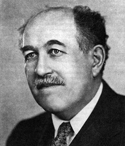 Figure 20-08: Otto Stern (1888-1969).
Figure 20-08: Otto Stern (1888-1969).
 Figure 20-09: Walther Gerlach (1889-1979).
Figure 20-09: Walther Gerlach (1889-1979).
After initial pacemaking work, in 1933, Otto Stern (Figure 20-08) — together with Walther Gerlach (Figure 20-09) — was able to measure the effect of the nuclear spin by deflection of a beam of hydrogen molecules (the so-called Stern-Gerlach effect). Stern was awarded the Nobel Prize in Physics for 1943 "for his contribution to the development of the molecular-ray method and his discovery of the magnetic moment of the proton."
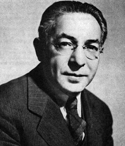 Figure 20-10: Isidor Isaac Rabi (1899-1989).
Figure 20-10: Isidor Isaac Rabi (1899-1989).
During the early 1930s, Isidor Isaac Rabi's (Figure 20-10) laboratory at Columbia University in New York became a major center for related studies.
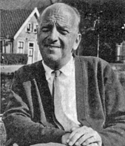 Figure 20-11: Cornelis Jacobus Gorter (1907-1980).
Figure 20-11: Cornelis Jacobus Gorter (1907-1980).
Rabi's research was successful, but only with the visit by Cornelis Jacobus Gorter (Figure 20-11) from the Netherlands in September 1937 they were finally able to measure the nuclear magnetic moment. Gorter had tried similar experiments earlier and failed (Figure 20-12).
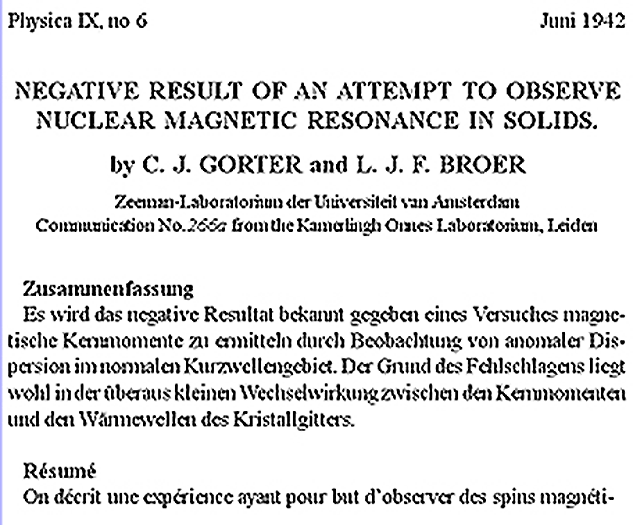
Figure 20-12:
Beginning of Gorter's article (1942).
Several years later, Gorter was the first to use the term nuclear magnetic resonance in the publication about his failed experiments which appeared in the war-torn Netherlands in 1942, attributing the coining of the phrase to Rabi [⇒ Gorter 1942].
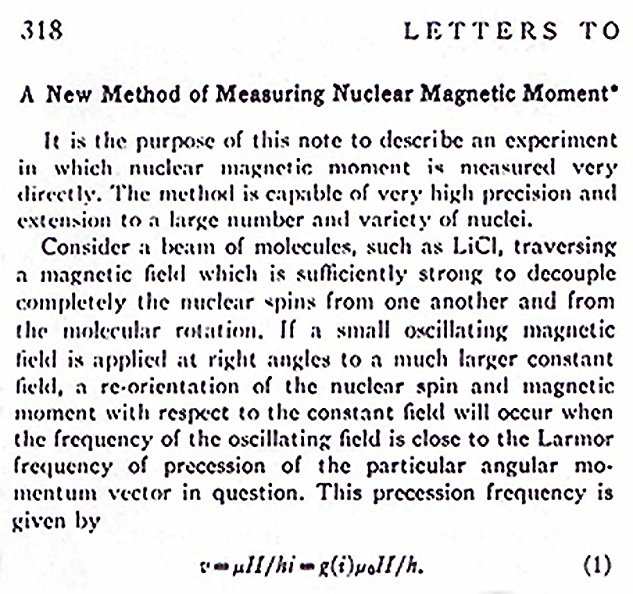
Figure 20-13:
Beginning of Rabi's article about his first observation of nuclear magnetic resonance (1938). In a footnote he stated how indebted he was to Gorter and his idea of how to run the experiment.
After Gorter's visit Rabi took up his suggestions concerning the experiments, changed them, and was able to observe resonance experimentally. This led to the publication of "A New Method of Measuring Nuclear Magnetic Moment" in 1938 (Figure 20-13) [⇒ Rabi 1938].
 At some stage of their career, many European scientists contemplated and perhaps still today contemplate emigration to the USA. Some stay for good, others return. There is hardly any movement in the other direction. The historical reasons were different prior to and after the Second World War. Before the war, plain physical survival for many depended on emigration, or it was at least guided by political necessity. The attraction of the Statue of Liberty made scientists move westward.
At some stage of their career, many European scientists contemplated and perhaps still today contemplate emigration to the USA. Some stay for good, others return. There is hardly any movement in the other direction. The historical reasons were different prior to and after the Second World War. Before the war, plain physical survival for many depended on emigration, or it was at least guided by political necessity. The attraction of the Statue of Liberty made scientists move westward.
The Second World War had a major influence upon research — and its interruption. Germany, for instance, the leading country in science and medicine at the time, quit the race in the 1930s. The final breakthrough came with Bloch and Purcell in 1946 and during the next few decades NMR developed in a wide range of applications.
After the war, research facilities in the United States were more attractive than those in Europe because the academic system in the USA was — and partly still is — more flexible than the university structures in Europe — and dollars were plentiful for research and for personal income.
 Yet, far away, in the center of the East European Plain major contributions to nuclear magnetic resonance were made.
Yet, far away, in the center of the East European Plain major contributions to nuclear magnetic resonance were made.
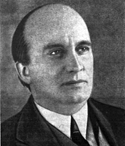 Figure 20-14: Lev V. Shubnikov (Лев В. Шубников [1902-1937]).
Figure 20-14: Lev V. Shubnikov (Лев В. Шубников [1902-1937]).
One of the contributors was Lev Vasiljevich Shubnikov (Лев Васильевич Шубников — Figure 20-14), an experimental physicist. He studied physics at the Leningrad Polytechnical Institute, graduating in 1926.
He was then sent to the Leiden Cryogenic Laboratory in the Netherlands. At that time, Leiden Laboratory was the only laboratory in the world that had liquid helium. Shubnikov was first to observe the gradual penetration of a magnetic field in some superconductors: the hallmark of type-II superconductivity.
On his return in 1930, his experience in Leiden permitted him to head the Cryogenic Laboratory at the recently established Ukrainian Physico-Technical Institute in Kharkov.
The Laboratory had liquid hydrogen in 1931 and liquid helium in 1933 which was partly made possible by the assistance of Wander de Haas from Leiden; he provided Shubnikov with the necessary material and devices unavailable in the USSR at that time. One of the central lines of activity of the laboratory was research of superconductivity [⇒ Shubnikow 1935]. During these years Shubnikov in cooperation with Boris G. Lazarev also measured a proton magnetic moment [⇒ Schubnikow 1937].
At the height of the Great Purge during the Stalin epoch, Shubnikov along with several colleagues was convicted of "crimes" and executed on 10 October 1937. In April 1957 he was posthumously rehabilitated by the Supreme Military Court.
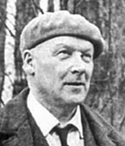 Figure 20-15: Yevgeni K. Zavoisky (Евгений К. Завойский [1907-1976]).
Figure 20-15: Yevgeni K. Zavoisky (Евгений К. Завойский [1907-1976]).
Electron spin resonance (ESR) was discovered at Kazan's university in Tatarstan by Yevgeni K. Zavoisky (Евгений Константинович Завойский — Figure 20-15) towards the end of the war [⇒ Zavoisky 1945].
He had first attempted to detect NMR in 1941, but like Gorter he failed. Then, in January 1944, he was able to register ESR signals. They were recorded on celluloid films and also copied by hand into the laboratory notebook (Figure 20-16a). He published his discovery first in his dissertation in 1944, then in a short paper early in 1945 (Figure 20-16b).

Figure 20-16a:
Pictures of the first ESR signals as copied from the screen of Zavoisky's oscillograph in 1944 (Picture source: Memorial Laboratory of Yevgeni K. Zavoisky at Kazan State University).
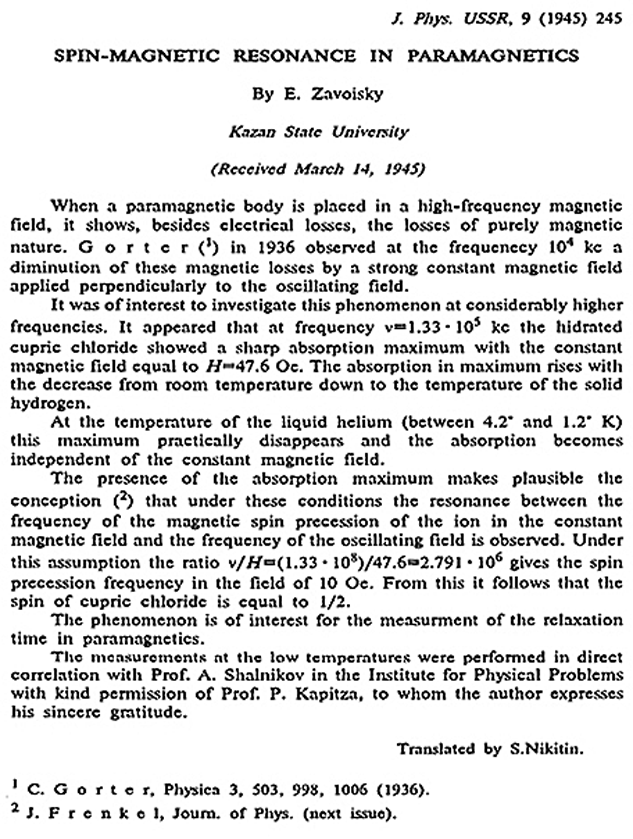
Figure 20-16b:
Zavoisky's publication from March 1945: "Spin-Magnetic Resonance in Paramagnetics” (English translation) in which he refers to Gorter.